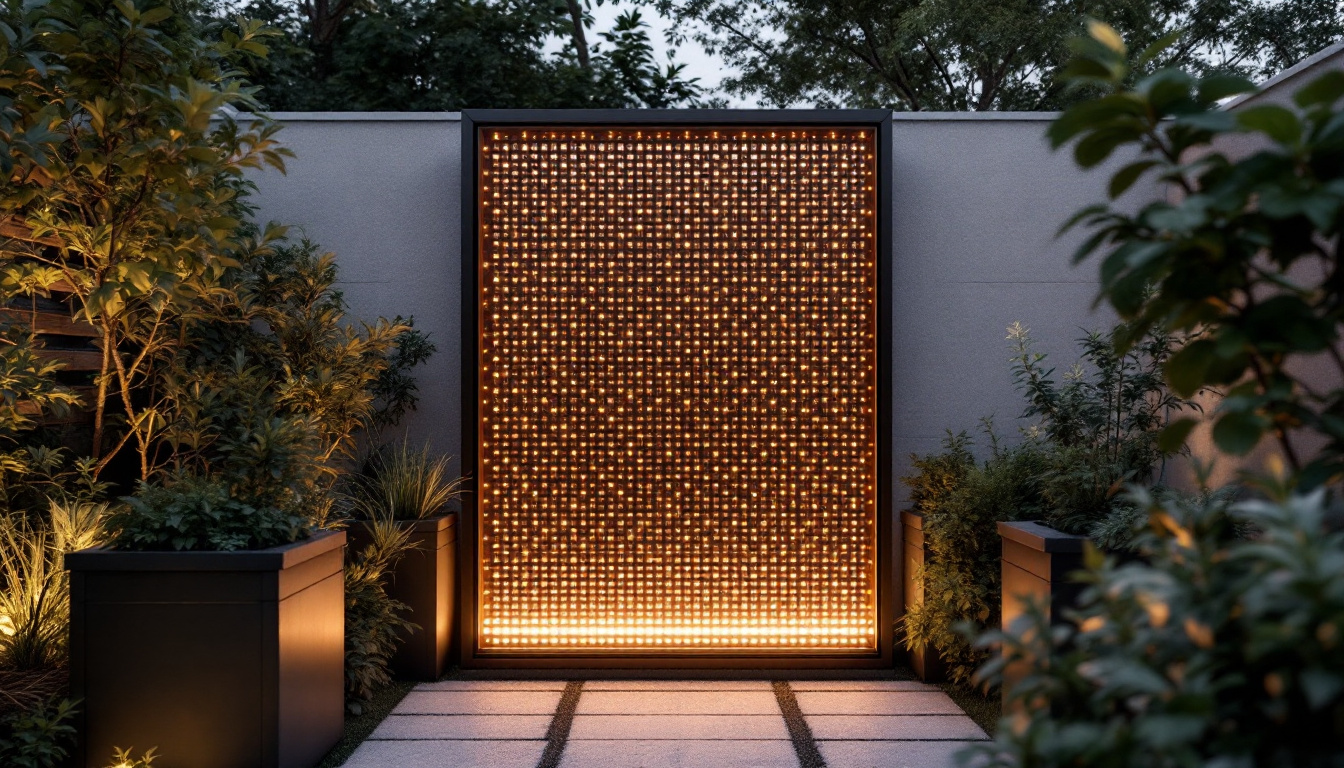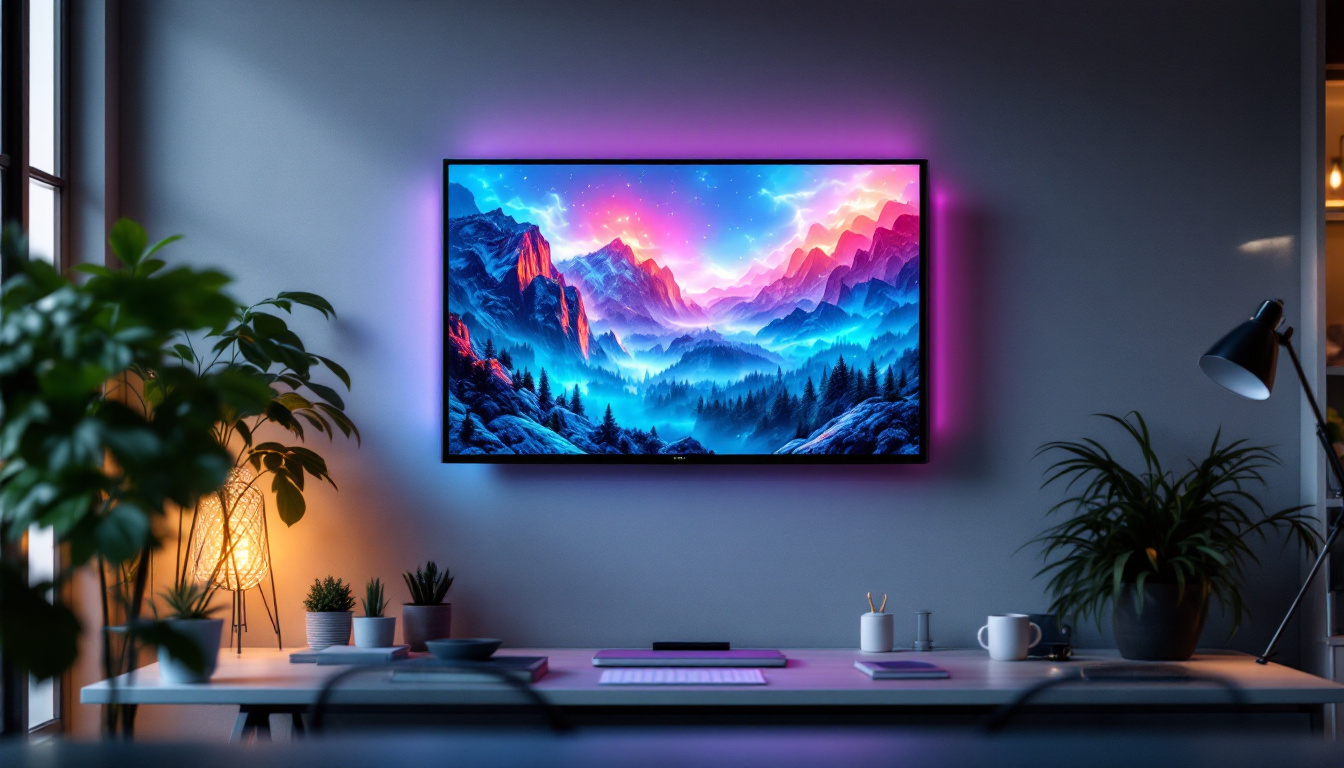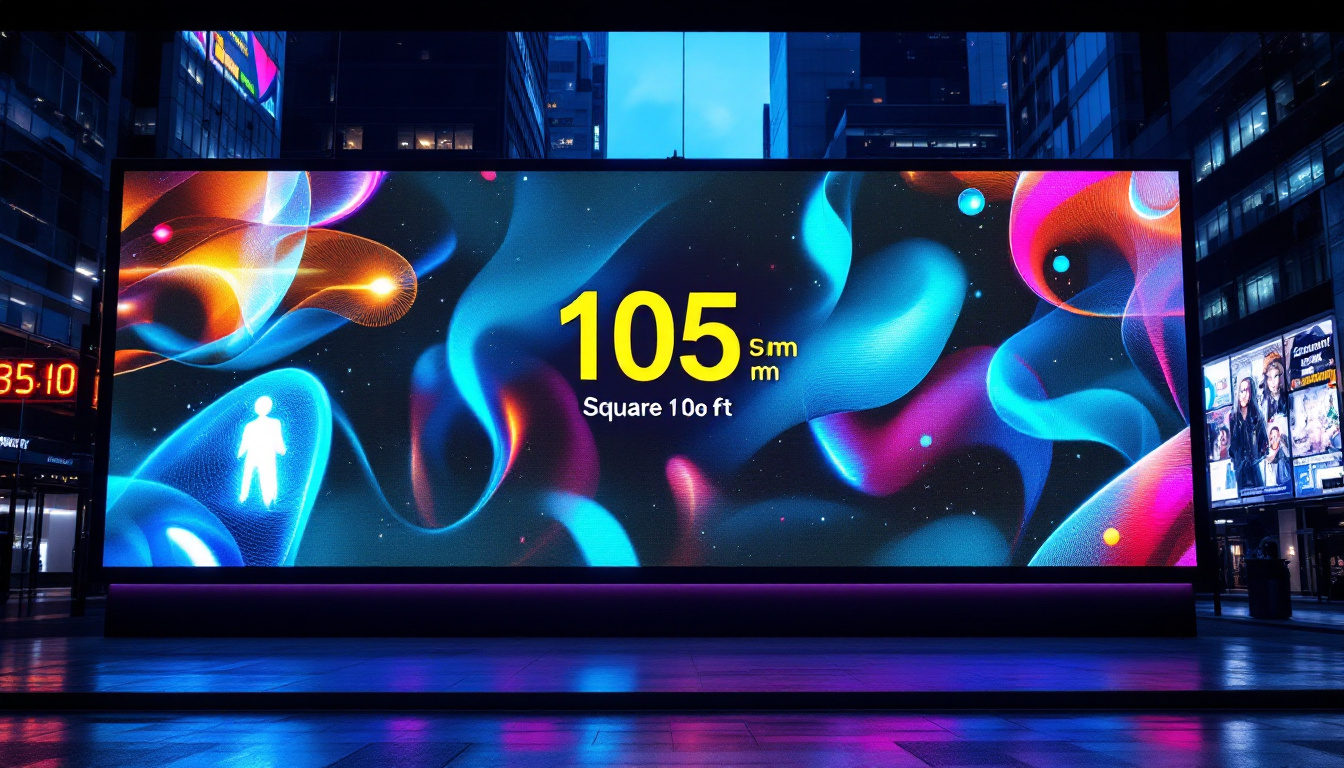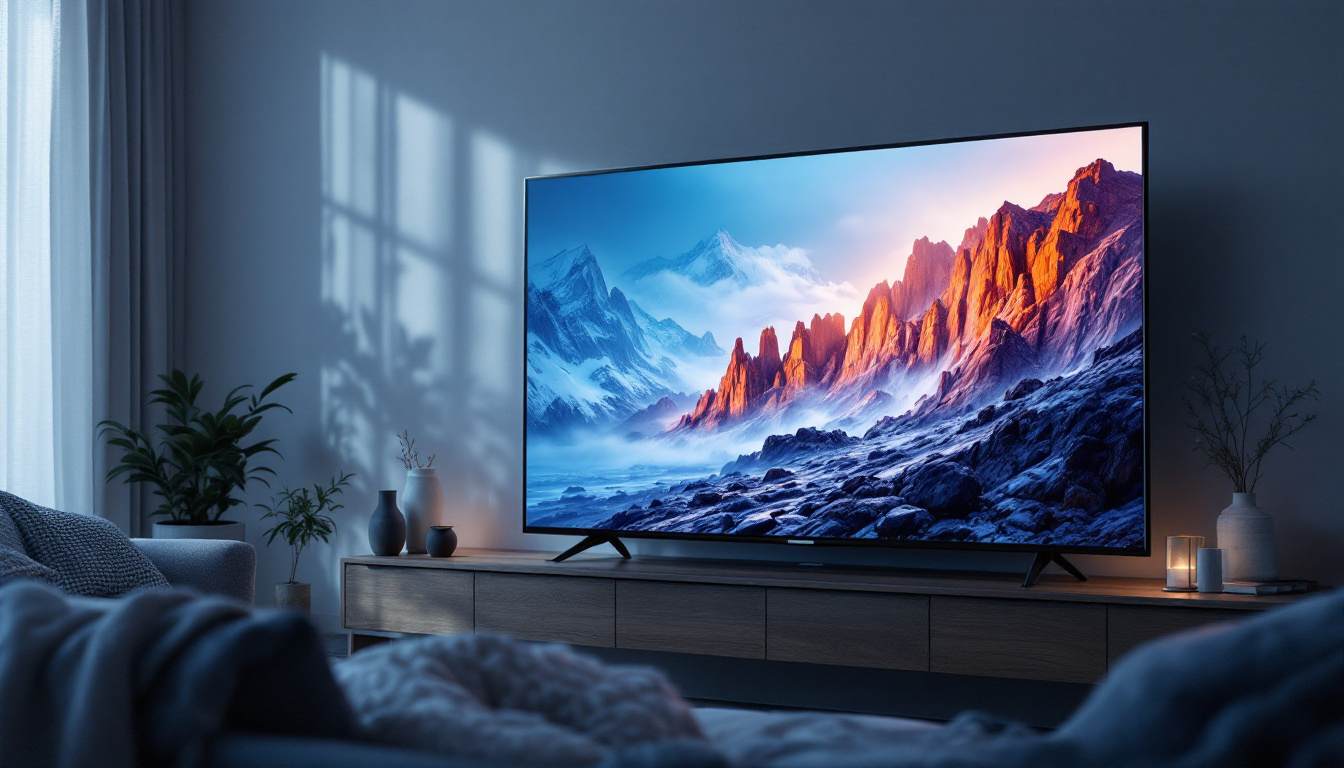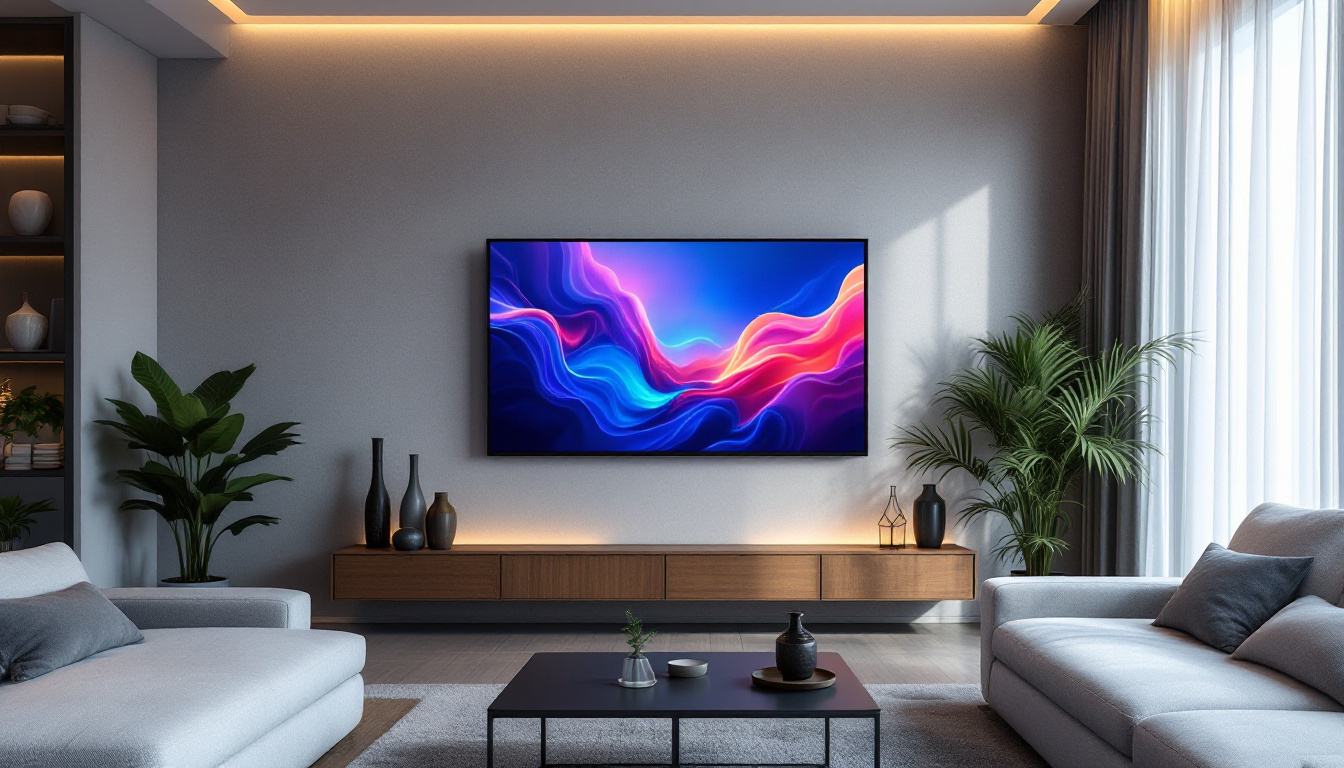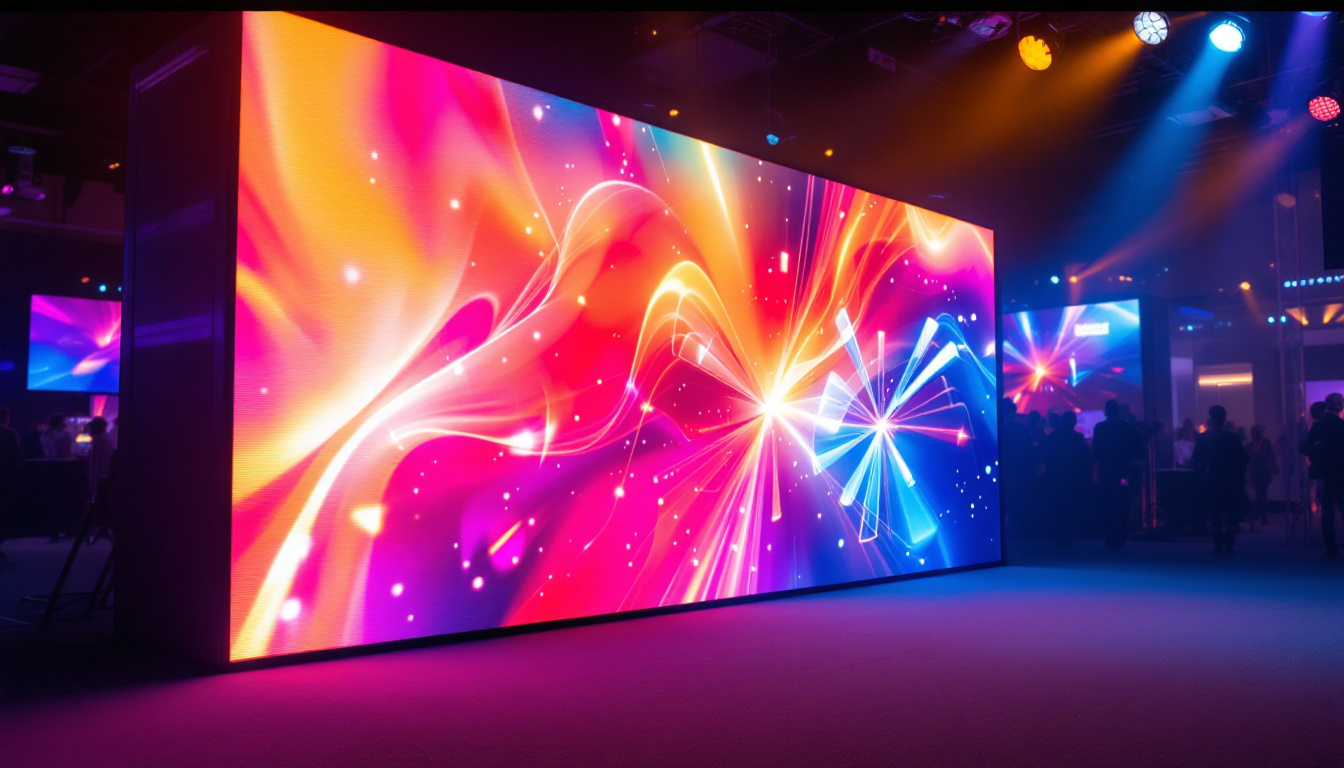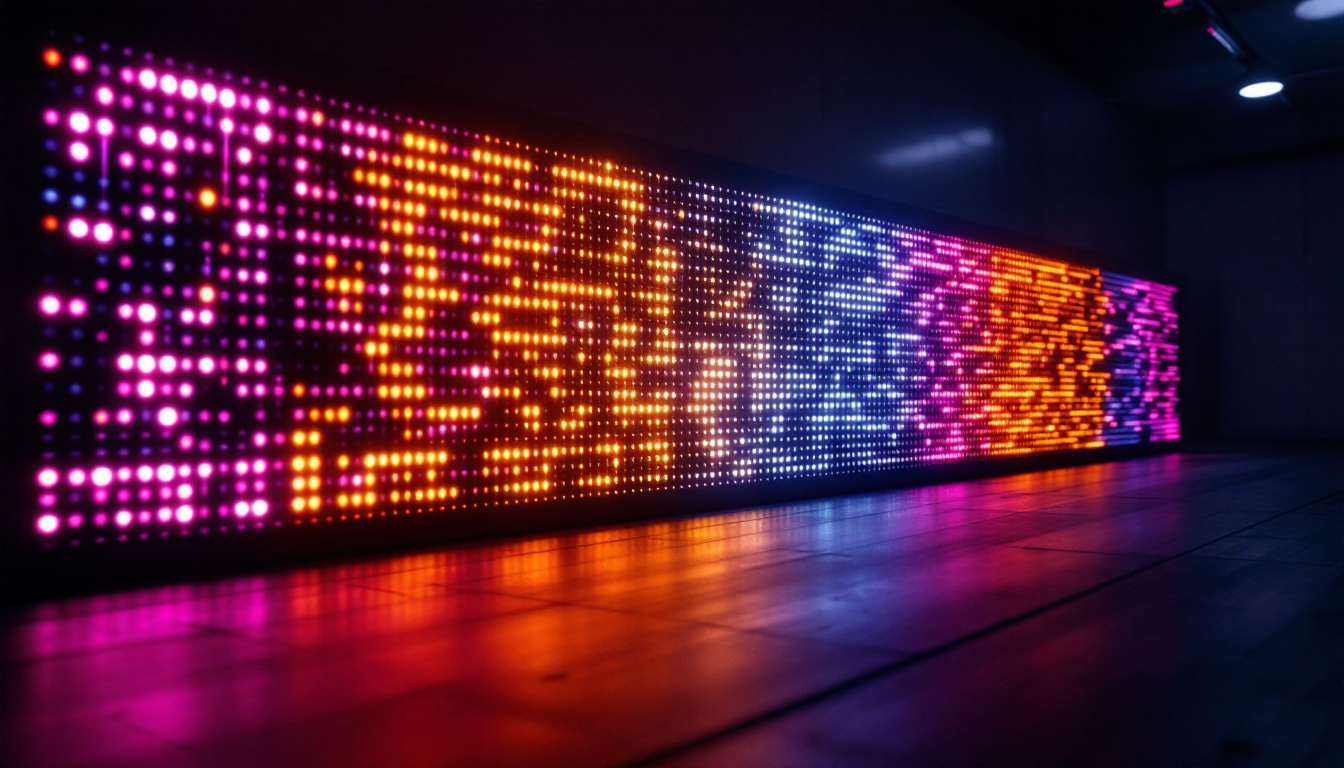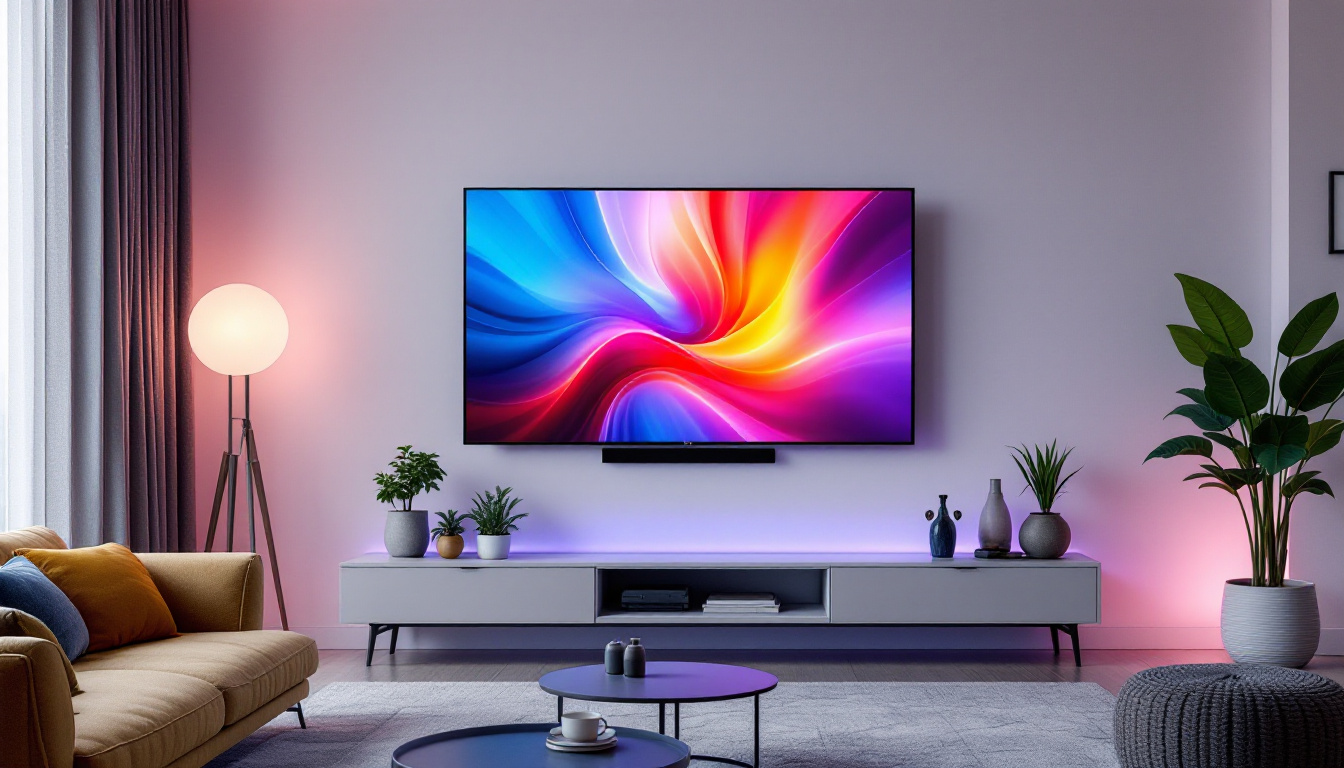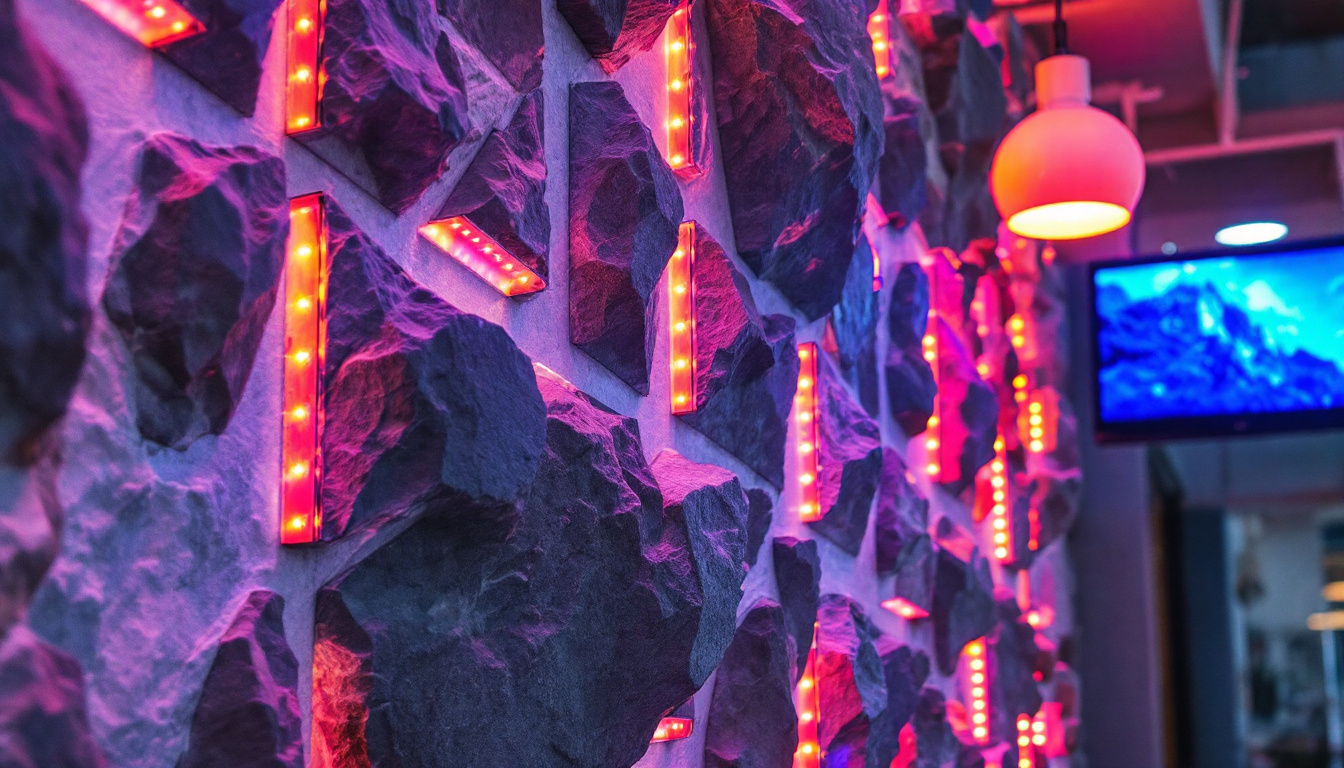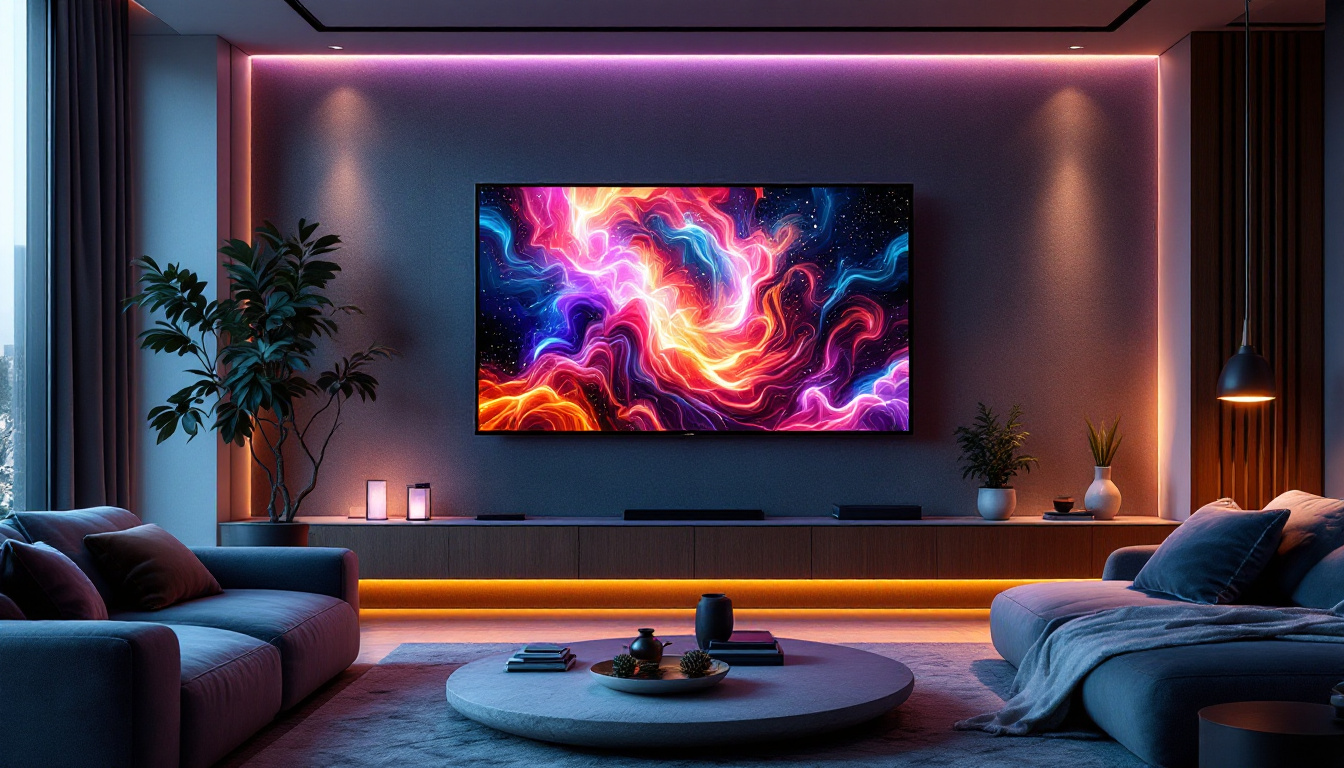Creating a lattice privacy screen is an excellent way to enhance your outdoor space while providing a sense of seclusion. This project not only adds aesthetic value but can also serve functional purposes, such as creating a backdrop for plants or hiding unsightly areas. In this article, we will explore the step-by-step process of building a lattice privacy screen, along with an explanation of how LED displays can be integrated for added functionality and style.
Understanding the Basics of Lattice Privacy Screens
A lattice privacy screen is typically made of wooden or vinyl slats arranged in a crisscross pattern. This design allows for air circulation and light while maintaining a level of privacy. Before diving into the construction process, it’s essential to understand the materials and tools required.
Materials Needed
When embarking on this project, gathering the right materials is crucial. Here’s a list of what you will need:
- Lattice panels (wood or vinyl)
- Wooden posts (4×4 inches recommended)
- Concrete mix (for securing the posts)
- Wood screws or nails
- Wood stain or paint (optional)
- Tools: saw, drill, level, measuring tape, and safety gear
Choosing the Right Location
Before starting construction, selecting the appropriate location for your privacy screen is vital. Consider the following factors:
- Sunlight exposure: Ensure the area receives adequate sunlight if you plan to incorporate plants.
- Wind direction: Position the screen to block prevailing winds if necessary.
- View: Identify which areas you want to obscure for maximum privacy.
Additionally, think about the overall aesthetics of your yard or garden. A well-placed lattice screen can serve as a beautiful backdrop for climbing plants such as jasmine or clematis, which can enhance both the visual appeal and the privacy offered. The integration of greenery can create a natural, serene environment, making your outdoor space feel more inviting and tranquil. Furthermore, consider the height of the lattice screen; a taller screen can provide more privacy but may also cast shadows on nearby plants, so balance is key.
Lastly, take into account any local regulations or neighborhood guidelines regarding fence heights and materials. Some areas may have restrictions that dictate how tall your lattice privacy screen can be or what materials are permissible. Checking these regulations beforehand can save you time and potential headaches later on. Engaging with your neighbors about your plans can also foster goodwill and ensure that your project aligns with the community’s standards and expectations.
Step-by-Step Construction Process
Building a lattice privacy screen can be a rewarding DIY project. Follow these steps to create a sturdy and attractive screen.
Step 1: Planning and Measuring
Begin by measuring the area where you intend to install the lattice screen. Determine the height and width based on your privacy needs and local regulations. Mark the ground with stakes to outline the dimensions of the screen. Consider the orientation of your yard and the surrounding landscape; this will help you decide the best placement for optimal privacy and aesthetics. Additionally, think about how the screen will complement existing structures or landscaping features, such as gardens or patios, to create a cohesive outdoor space.
Step 2: Preparing the Posts
Once measurements are finalized, prepare the wooden posts. Cut the posts to the desired height, ensuring they are uniform. For added durability, consider using treated wood, which is resistant to rot and pests. If you want to add a decorative touch, you might also explore different post caps that can be attached to the top of each post. These caps not only enhance the visual appeal but also provide an extra layer of protection against moisture, extending the life of your privacy screen.
Step 3: Installing the Posts
Dig holes for the posts, ensuring they are deep enough to provide stability—typically one-third of the post height. Place the posts in the holes and fill them with concrete mix, ensuring they are level and plumb. Allow the concrete to cure as per the manufacturer’s instructions. While waiting for the concrete to set, you might want to take this opportunity to plan how you will decorate or plant around your new screen. Consider incorporating climbing plants or vines that can grow on the lattice, adding greenery and enhancing privacy over time.
Step 4: Attaching the Lattice Panels
After the posts are set, it’s time to attach the lattice panels. Position the panels between the posts and secure them using wood screws or nails. Ensure that the panels are evenly spaced and aligned for a professional finish. If you’re feeling creative, think about painting or staining the lattice in a contrasting color to the posts for a striking visual effect. You can also choose to use decorative lattice patterns that can add an artistic flair to your screen, making it not just functional but also a focal point in your garden.
Step 5: Finishing Touches
Once the lattice is installed, consider applying a wood stain or paint to enhance its appearance and protect it from the elements. This step is optional but can significantly improve the overall look of your privacy screen. Additionally, think about adding outdoor lighting, such as string lights or lanterns, to illuminate the area around your screen, creating a cozy ambiance for evening gatherings. You could also incorporate planters at the base of the screen, filled with colorful flowers or herbs, to further integrate the screen into your outdoor decor and make it a vibrant part of your landscape design.
Incorporating LED Displays into Your Lattice Screen
In recent years, LED displays have gained popularity for their versatility and eye-catching appeal. Integrating LED technology into your lattice privacy screen can transform it into a functional art piece.
Benefits of Adding LED Displays
Integrating LED displays into your lattice screen offers several advantages:
- Visual Appeal: LED displays can showcase vibrant colors and dynamic visuals, enhancing the aesthetic of your outdoor space.
- Functionality: Use the display for various purposes, such as advertising, displaying messages, or even showing art.
- customization: LED screens can be programmed to change based on the time of day or special occasions, allowing for endless customization.
Choosing the Right LED Display
When selecting an LED display for your lattice privacy screen, consider the following factors:
- Size: Choose a display size that complements your screen without overwhelming it.
- Brightness: Ensure the display is bright enough to be visible during the day and adjustable for nighttime use.
- Weather Resistance: Opt for outdoor-rated LED displays to withstand environmental conditions.
Installation of LED Displays
Installing an LED display on your lattice screen requires careful planning. Here’s a simplified process:
- Determine the optimal location for the display on the lattice.
- Secure the display using brackets or mounting hardware, ensuring it is stable and safe.
- Connect the display to a power source, ensuring all wiring is weatherproof and safe.
- Test the display to ensure it functions correctly and adjust settings as needed.
Maintenance Tips for Your Lattice Privacy Screen
To ensure the longevity of your lattice privacy screen and LED display, regular maintenance is essential. Here are some tips to keep everything in top condition.
Regular Inspections
Conduct routine inspections of both the lattice structure and the LED display. Look for signs of wear, damage, or loose fittings. Address any issues promptly to prevent further deterioration.
Cleaning the Lattice and LED Display
Cleaning is vital for maintaining the appearance and functionality of your privacy screen. Use a mild detergent and water to clean the lattice, and ensure that the LED display is wiped down with a soft, dry cloth to avoid scratches.
Seasonal Preparations
Prepare your lattice screen for seasonal changes. In colder climates, consider covering the LED display during harsh weather to protect it from snow and ice. Additionally, check the lattice for any signs of rot or damage after winter.
Enhancing Your Outdoor Space with Plants
A lattice privacy screen can serve as an excellent support structure for climbing plants, adding natural beauty to your outdoor area. Here are some tips for incorporating greenery into your design.
Selecting the Right Plants
Choose climbing plants that thrive in your climate and suit your aesthetic preferences. Popular options include:
- Wisteria
- Clematis
- Honeysuckle
- Climbing roses
Planting Techniques
When planting, ensure that the plants are positioned at the base of the lattice screen. Use trellises or wires to guide their growth upward along the lattice. Regular pruning will help maintain their shape and encourage healthy growth.
Creating a Cohesive Design
Integrate the plants with the overall design of your outdoor space. Consider using complementary colors and textures to create a harmonious look. This approach will enhance the visual appeal of your lattice privacy screen and your garden as a whole.
Conclusion
Building a lattice privacy screen with the option for LED displays is a rewarding project that can significantly enhance your outdoor living experience. By following the steps outlined in this article, you can create a beautiful and functional space that offers both privacy and aesthetic appeal. Whether you choose to incorporate climbing plants or opt for vibrant LED displays, the result will be a personalized outdoor oasis that reflects your style and needs.
With proper maintenance and care, your lattice privacy screen will serve you well for years to come, providing a perfect blend of privacy, beauty, and functionality.
Illuminate Your Privacy Screen with LumenMatrix
Ready to elevate your outdoor living space with the seamless integration of LED display technology? LumenMatrix is at the forefront of creating immersive visual experiences that can transform your lattice privacy screen into a dynamic canvas. From lush garden backdrops to vibrant LED art installations, our extensive range of LED display solutions, including outdoor and custom options, will ensure your space is not just private, but visually stunning. Check out LumenMatrix LED Display Solutions today and take the first step towards a captivating outdoor oasis.

